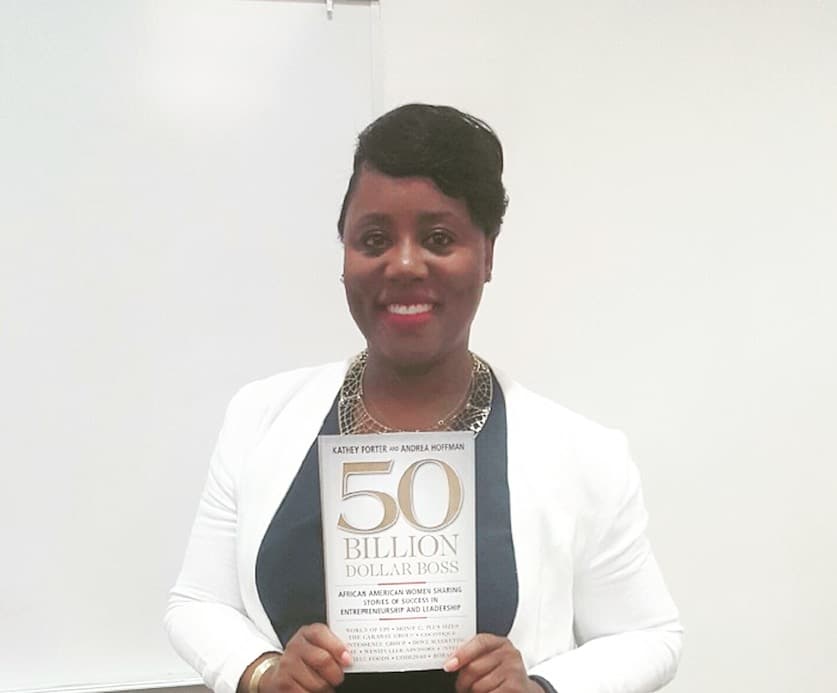
Meet the Highflying Senior Exec Making Waves at Walt Disney World
May 17, 2016
50 Billion Dollar Boss author talks Black Women Biz Leaders
May 25, 2016So you’ve masterminded an original idea that blows your mind, and you can’t wait to share it with the world. Before you round up everyone you know to make the pitch, it’s vital you take all the necessary steps to ensure your creation is safeguarded. Intellectual property theft is quite common, so here are nine steps to keep someone from whisking off with your next creation.
1. Check that your idea is original. Research patent and trademarks of new products to find if someone has already protected your idea.
2. Know Your (Intellectual Property) Rights. There are various ways and methods to protect specific intellectual property Make sure to become well versed in what different protection terms mean. The very basics include:
- Patents secure inventions and the methods in which they work.
- Registered designs safeguard the look of products (however, only patent protect the methods in which they work).
- Trademarks protect brands (i.e., trade names and logos).
- Copyright preserves the expression of ideas—i.e., the phrasing you use to describe your idea with—but not an idea itself.
3. Prevent theft through contracts. Ensure that within every contract you hold with your employees and consultants it is clearly stated that you are the sole owner of the intellectual property you developed.
4. Take expert advice. Do not take shortcuts: invest in a trademark agent for expert advice on searches and registration of your ideas.
5. Record the evidence. Keep a log or file of all the proof that records the evolution of your intellectual property. This should be inclusive of dated and signed copies of drawings and drafts.
6. Make a patent application. File a patent application as soon as possible. Patents take a lot of time to complete, and during this period, you may further develop your idea and learn how to sell it. You may also complete further market research and raise finance during this time.
7. Look overseas. Remember that the country in which you reside is not the only nation in which you need to protect your intellectual property- look into the intellectual property rights of each nation you want to expand into.
8. Assess it at every stage of development. As you develop your ideas further, consider if new designs for the appearance of your product are worth protecting with stronger design registrations patents.
9. Make sure your material is copyrighted. Find the materials that you have already had copyrighted and add a copyright symbol, your name, and the creation date to ensure public recognition of your products.
Kathleen Sai-Halasz is a Jr. Consultant at MD Burns Nash. MD Burns Nash is a consulting firm that provides empowerment for technology startups. A core feature of their services is the ability to help startups build solid infrastructures through strategy and financial services.
Follow MD Burns Nash on Facebook here.
photo credit








